Blog post by:
Dr Paul Duncan, Principal Scientist, NPL with an acknowledgement for Professor Mark Levene

Artificial intelligence (AI) is recognised as one of the key transformative technologies promising to deliver strong positive impact in key areas, such as healthcare, autonomous vehicles, energy and climate, and underpin the prosperity and quality of life in the UK. AI systems also pose risks, some of which may be serious in terms of the harm that may be caused to individuals or society, and therefore to realise their promise, AI systems need to be trustworthy in the sense that they can be relied upon to make responsible and safe decisions.
With the support of the AI Standards Hub, the National Physical Laboratory (NPL) have completed a white paper titled ‘A Life Cycle for Trustworthy and Safe Artificial Intelligence Systems’. This work investigates the facets of AI systems which affect our understanding of the risks that these systems pose and proposes a lifecycle to facilitate the consideration of these risks throughout software development and crucially, to the definition and quantification of metrics which allow us to measure elements of a trustworthy and safe AI system. The goal of this work is to begin the process of developing pre-normative standardisation of the development of AI systems in such a manner that it can help alleviate some of the wider concerns of risks involved.
Trust in AI systems extends beyond technical robustness; it encompasses societal acceptance. As AI systems become central in areas such as healthcare, finance, and justice, its reliability, transparency, and accountability are paramount. The life cycle model combines technological innovation with vigilance to create AI systems that align with the highest standards of trustworthiness and safety. The collaborative effort across disciplines ensures AI systems enhance our lives while safeguarding our values.
The future of AI lies in our ability to build systems on which we can rely. This requires a holistic approach, combining technological innovation with risk based vigilance. The life cycle model proposed in this work is designed to be iterative and continuous, allowing for ongoing improvements and corrective actions throughout the development process. By integrating robust risk management strategies to the development of AI systems, we can create AI systems that not only push the boundaries of what is currently possible but also uphold the highest standards of trustworthiness and safety.
Our paper recognises that developing trustworthy and safe AI systems is a multifaceted challenge that requires collaboration across disciplines. It involves technologists, sociologists, policymakers, and the broader public. By working together, we can ensure that AI systems are a force for good, enhancing our lives while safeguarding our values and principles.



0 Comments